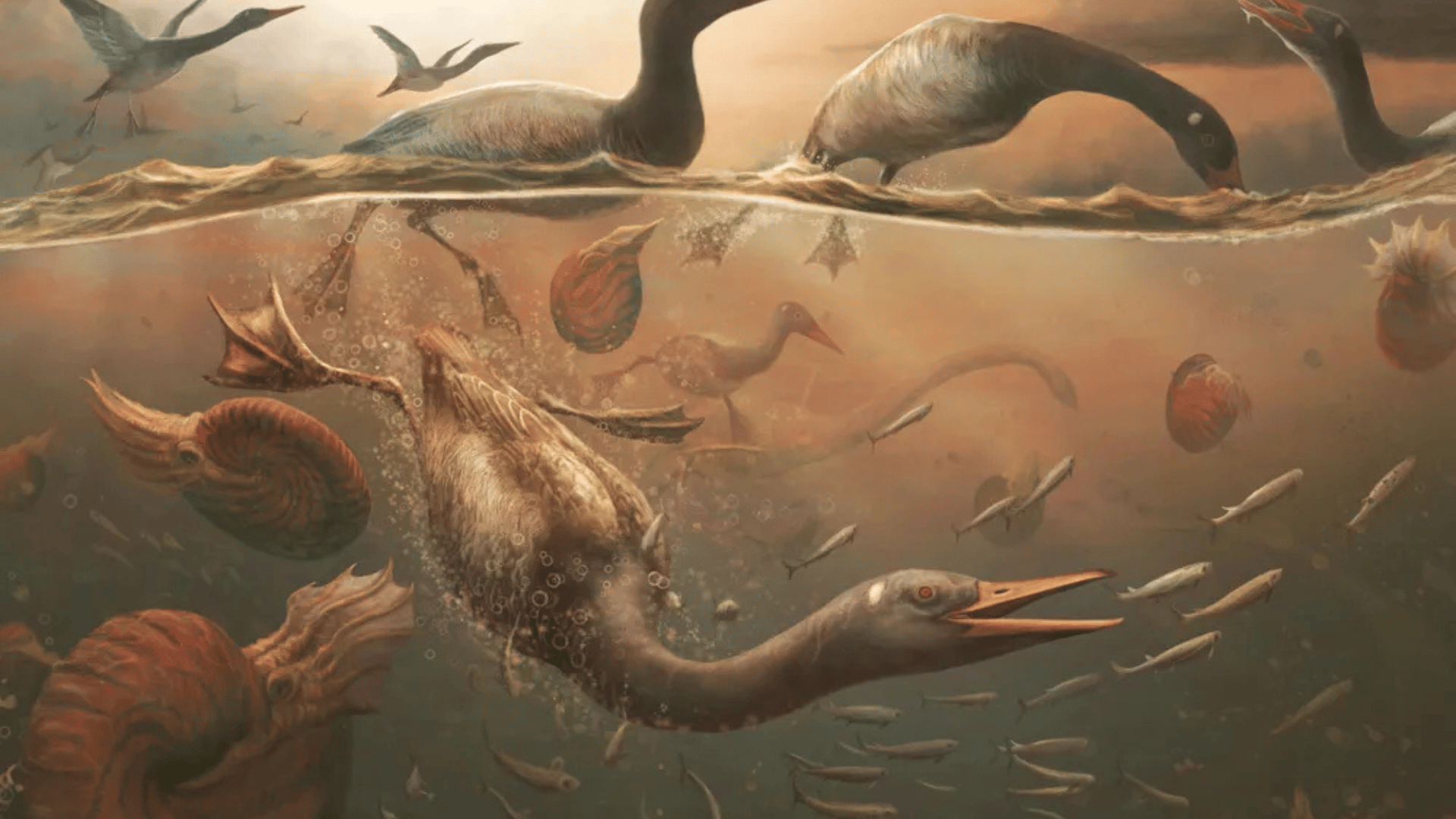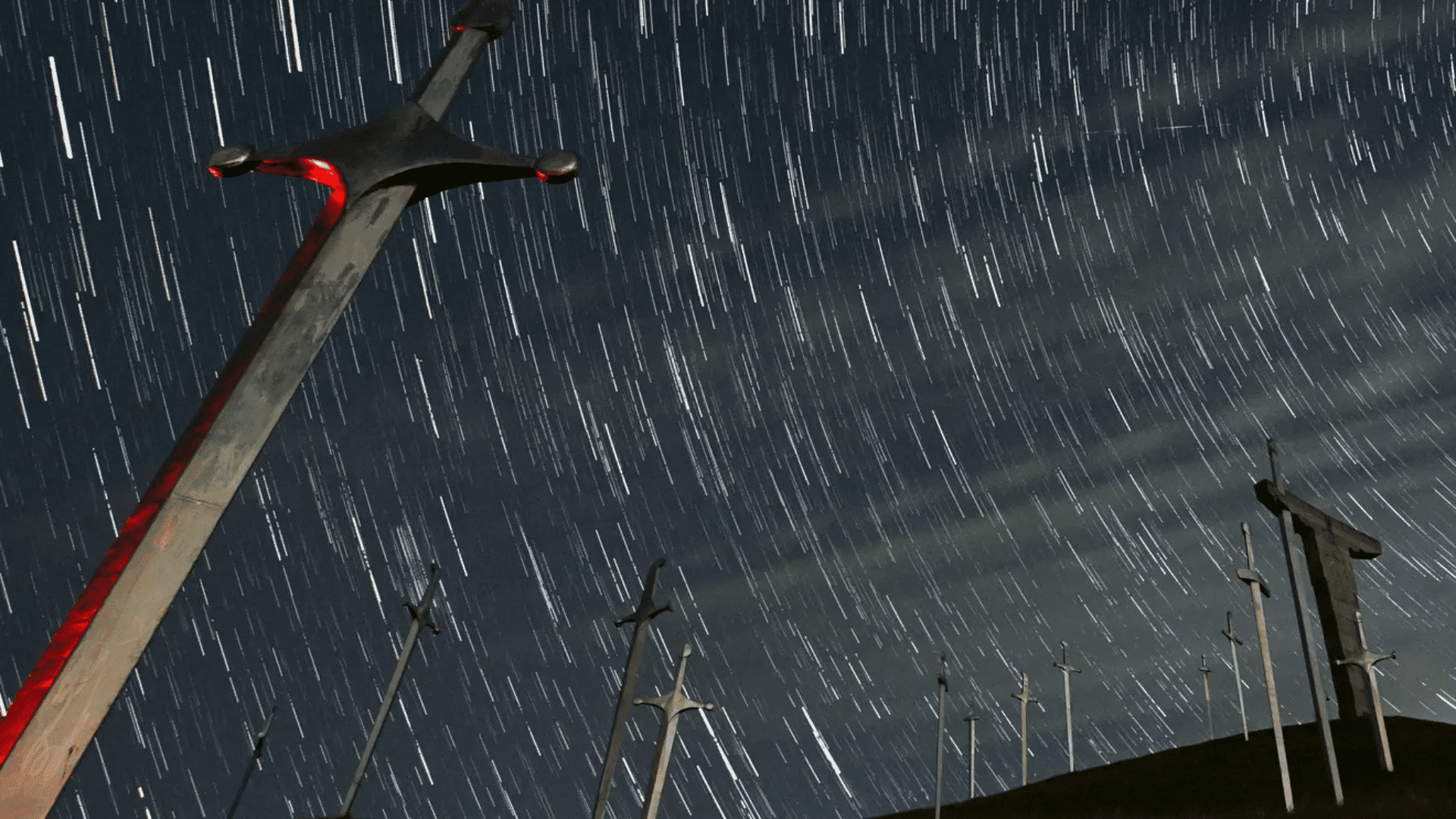For decades, paleontologists have debated whether modern birds developed before or after the dinosaur-killing asteroid that hit Earth 66 million years ago. That debate may finally have an answer, as a team of researchers has recently analyzed a 69 million-year-old fossil belonging to a long-extinct bird.

Researchers behind the new study claim the fossil is the oldest known modern bird, thus proving that modern birds developed alongside dinosaurs. The discovery also raises questions regarding the potential relation to specific types of modern birds, such as ducks and geese.
“Few birds are as likely to start as many arguments among paleontologists as Vegavis,” Christopher Torres, lead author on the study and a paleontologist at the University of the Pacific, says in a statement. “This new fossil is going to help resolve a lot of those arguments. Chief among them: where is Vegavis perched in the bird tree of life?”
Julia Clarke, co-author of the study and a paleontologist from the University of Texas at Austin, first identified Vegavis along with colleagues 20 years ago from a 68-million-year-old fossil discovered in Antarctica. However, the fossil was missing most of its skull at the time, making it hard to confirm its link to an early modern bird.
That was until 2011, when another Antarctic expedition discovered the almost fully intact 69-million-year-old fossil. The skull indicated that the animal contained a long toothless beak and enlarged forebrain, exactly like those of modern birds, specifically waterfowls like geese and ducks.
Some paleontologists, however, disagree with this conclusion as the fossil indicated that the bird was a foot-propelled pursuit diver, which is behavior more closely observed among loons and grebes. Regardless, this fossil also indicates that Antarctica could provide more insights into modern bird evolution.
“Antarctica is in many ways the final frontier for humanity’s understanding of life during the Age of Dinosaurs.” Matthew Lamanna, a co-author of the study and paleontologist at the Carnegie Museum of Natural History, said in the statement.







